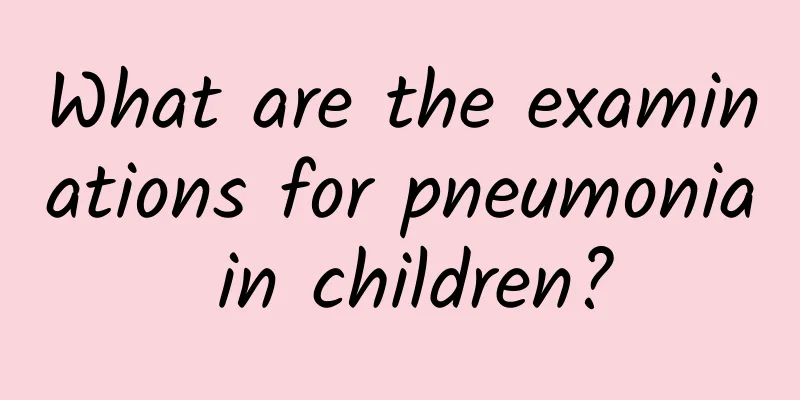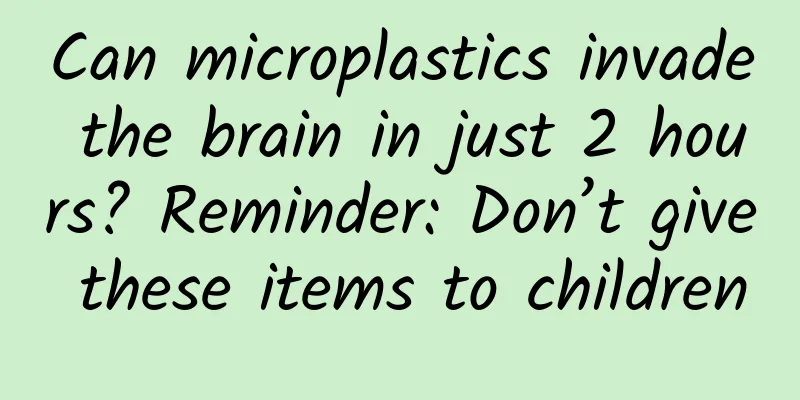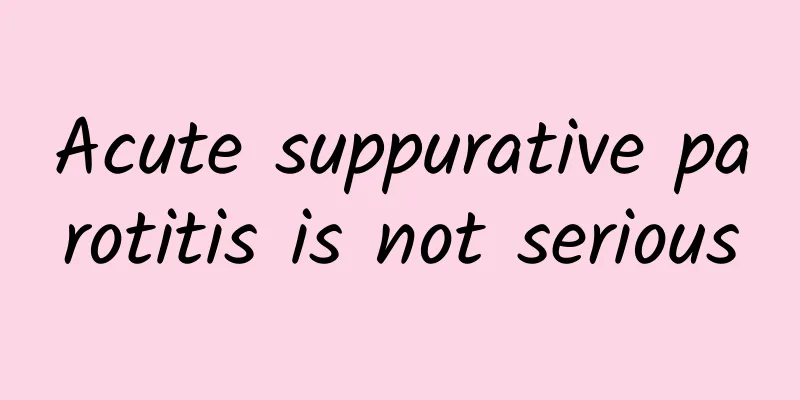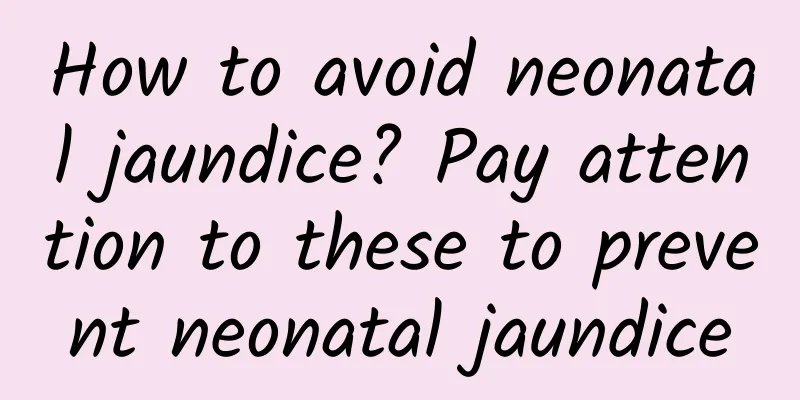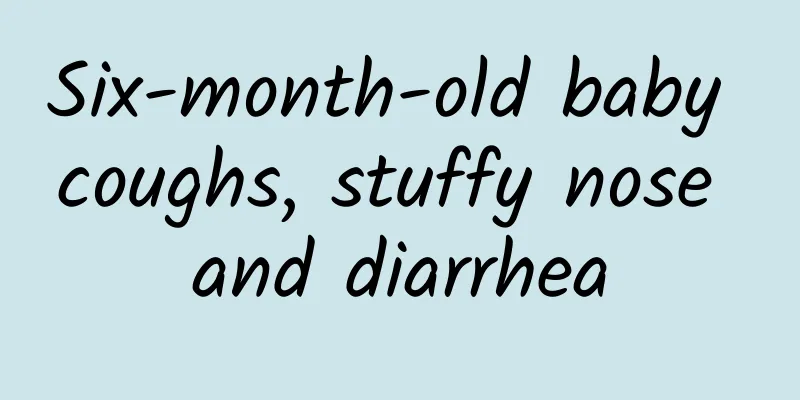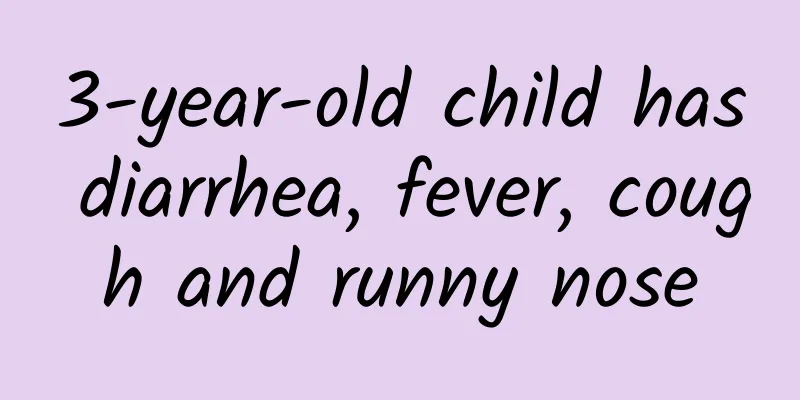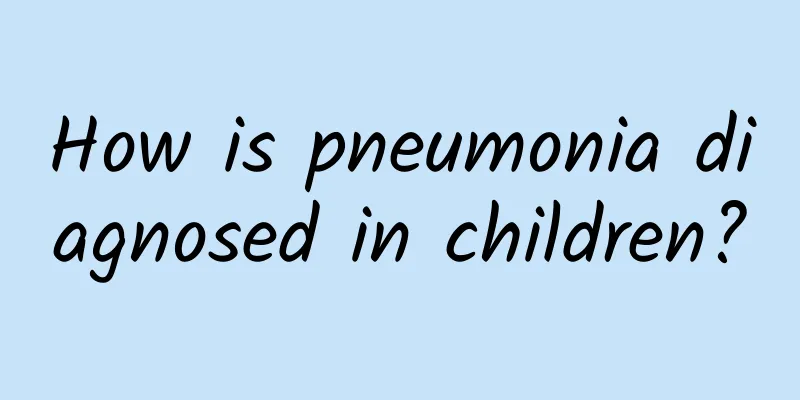How can parents quickly identify pneumonia in children? Beware of misunderstandings in the care of children with pneumonia

|
Pneumonia is a common disease in children. A good diet can alleviate the symptoms of pneumonia and effectively prevent complications, thereby promoting early recovery from pneumonia and effectively reducing the recurrence of pneumonia. Let's take a look at the dietary taboos for children with pneumonia. How can parents quickly identify pneumonia in children? At first glance, if the child has a fever, coughs, is in poor mental state, has blue lips and lips, is irritable, crying, or is drowsy and convulsing, it means that the child is seriously ill and is likely to have pneumonia. Second, look at the diet. Children with pneumonia will have a significantly reduced appetite, and will cry and be restless if they don't eat or drink milk. Count the number of times the child breathes, and see if it increases and speeds up, and if there is an ups and downs abdominal breathing. Third, look at the fever. Most cases of pneumonia in children have a fever above 38 degrees and last for more than 2-3 days. Fourth, check whether the cough and breathing are difficult. Coughs caused by colds and bronchitis are mostly paroxysmal and generally do not cause breathing difficulties. If the cough is severe, the breathing becomes faster, the nostrils and lips on both sides turn blue or purple, or there is chest concavity, it should be considered that the child has pneumonia and the condition is serious. Nursing Misunderstandings of Pneumonia in Children Myth 1: Intravenous antibiotics are the best choice Although most pneumonia is caused by bacteria, many pneumonias are caused by viruses, chlamydia, mycoplasma, fungi and other pathogens, or by allergies. Abuse of antibiotics not only fails to achieve the therapeutic effect, but also easily causes various adverse reactions. The correct approach is to listen to the doctor's analysis and choose the right medicine. Myth 2: I have been treated for 2 days but there is no improvement. I should try a different medication. In fact, some treatments are not effective immediately and take some time to take effect. In principle, if the condition has not worsened, you need to cooperate with the doctor to take the medicine for 3 days and then evaluate the efficacy. Frequent changes of medicines are not conducive to disease control. Myth 3: Antibiotics have serious side effects, so if the child no longer has a fever and the cough has improved, stop taking them How long antibiotics need to be used should be determined based on the condition, pathogen, and individual circumstances. Be sure to follow the doctor's instructions and avoid irregular medication. Stopping the medication on and off will cause drug resistance, leading to persistent or chronic pneumonia. Food taboos for children with pneumonia (1) Avoid eating polysaccharides. Sugar is a calorie supplement with a simple function and basically does not contain other nutrients. If children with pneumonia eat too much sugar, the bactericidal effect of white blood cells in the body will be inhibited. The more sugar is consumed, the more obvious the inhibition will be, which will aggravate the condition. (2) Avoid high-protein diets. The main components of lean meat, fish and eggs are proteins. 1 gram of protein absorbs 18 milliliters of water in the body, and the final product of protein metabolism is urea. Children who eat more protein will excrete more urea, and for every 300 milligrams of urea excreted, at least 20 milliliters of water will be taken away. Therefore, children with high fever and dehydration should avoid high-protein diets. In the later stages of the disease, they can supplement appropriately to improve their physical fitness. (3) Avoid spicy food. Spicy food is very irritating and can easily generate heat and damage body fluids. Therefore, chili oil, pepper and spicy condiments should not be added to the diet of children with pneumonia. Prevention of pneumonia in children ① Pregnant mothers should pay attention to their health care. ② Avoid suffocation during delivery and prevent inhalation of amniotic fluid and meconium. ③ Strengthen the health care of newborns, ensure that the air in the room is well-circulated and fresh, and avoid contact with patients with respiratory infections. |
>>: What are the symptoms of neonatal jaundice? 4 symptoms of neonatal jaundice
Recommend
ADHD medication treatment
Drug therapy is one of the effective means of tre...
Are there risks in minimally invasive hernia surgery for children?
The overall risk of minimally invasive surgery fo...
What are the diagnostic criteria for polio?
Polio is an infectious disease caused by the poli...
How to treat allergic cough in children? What medicine is good for allergic cough in children?
The most important thing for children with allerg...
The main symptoms of pneumonia in children are
The main symptoms of pneumonia in children includ...
Symptoms of mumps
Symptoms of mumps: Symptoms of mumps generally in...
Breast milk diarrhea has several symptoms
How many symptoms does breast milk diarrhea have?...
What should I do if my five-month-old baby has a cough and phlegm? ...
A five-month-old baby is still very small, and hi...
What are the sequelae of pneumonia in children
Pneumonia in children has no obvious sequelae, bu...
Is it okay to take Chinese patent medicine for acute laryngitis in children?
Can children with acute laryngitis take Chinese p...
Prevention and treatment of Kawasaki disease should not be taken lightly
Have you heard of Kawasaki disease? In fact, this...
Can polio be passed down to the next generation?
Poliomyelitis, medically known as poliomyelitis, ...
How can we prevent baby from indigestion? What are some good ways to nourish the baby's stomach?
Because the gastrointestinal function of infants ...
What are the symptoms of baby pneumonia? There are 4 symptoms of baby pneumonia
What are the symptoms of baby pneumonia? There ar...
What to do if your baby is deficient in calcium and zinc
If your baby is often picky about food, he or she...
